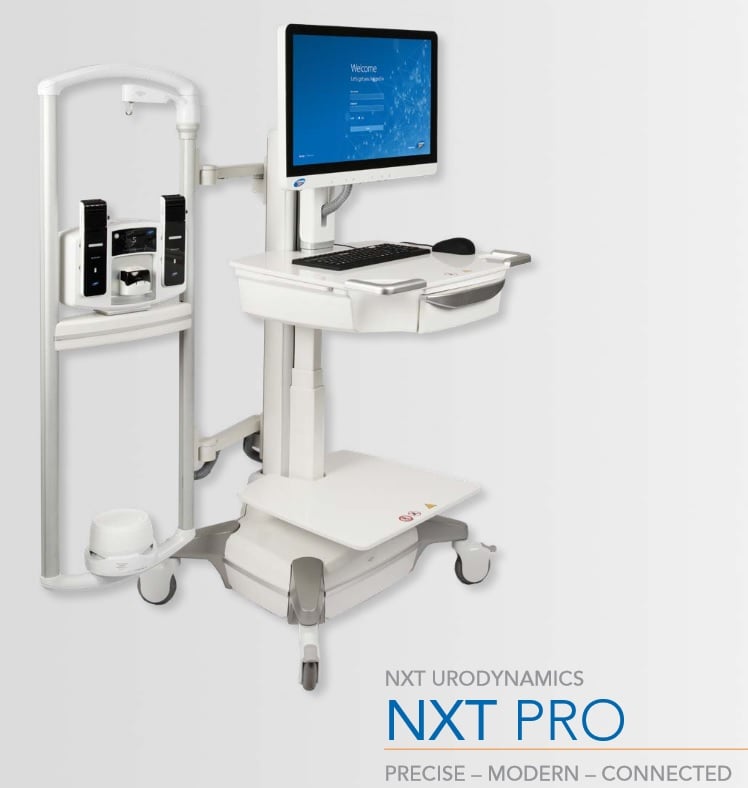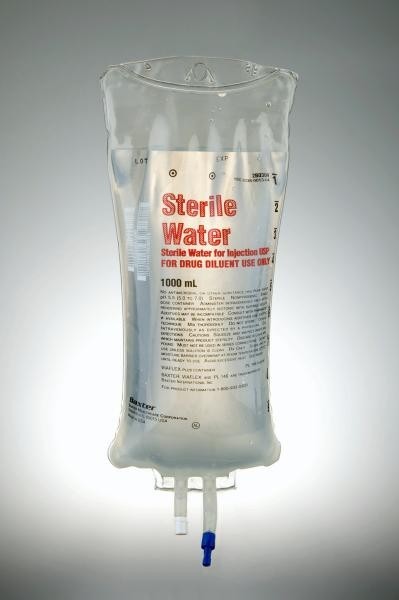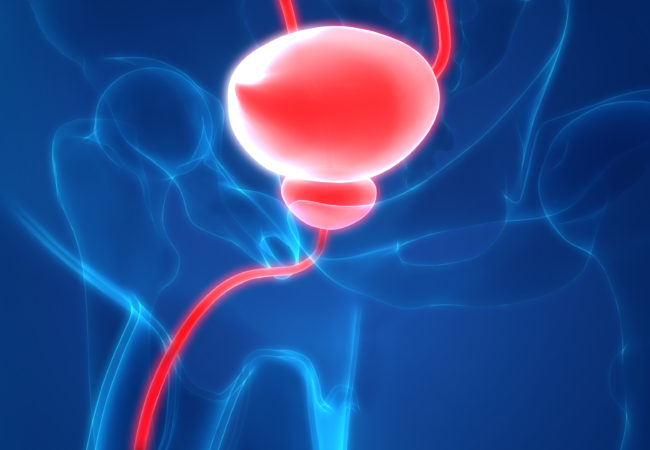Disclaimer: I have not used the new system myself and relied upon colleagues who have for reviews. Additional information is from review of Laborie’s marketing materials.
Laborie’s new NXT Pro urodynamics (UDS) system has a variety of features designed to make the user operations simpler and more intuitive. In addition, technological enhancements allow automation of several aspects of the exam and Bluetooth connections to monitoring devices.
Read More
Topics:
Insider,
Urodynamics Testing,
urodynamics,
urodynamics equipment,
urodynamic catheters,
urodynamics service provider
Reimbursement is always a hot topic in urologic care, especially with regards to specific procedures. While individual payors may vary with regards to what they pay for specific evaluation and management (E&M) and procedures (CPT codes), almost all reimbursement is ultimately driven by what rates Medicare will pay and/or how many Relative Value Units (RVU’s) Medicare will assign to a specific E&M or CPT code. This post will review reimbursement trends for urodynamics in 2020 (UDS).
Read More
Topics:
Reimbursments,
urodynamics,
finance,
Reimbursement Trends,
urodynamics billing,
urodynamics profitability
UDS is a critical procedure in the practice of urology and the management of voiding dysfunction in men and women. All urologists receive exposure to UDS testing during residency training. In the United States, residents are required to perform and interpret 10 UDS studies in order to graduate from residency. In addition, some residents choose to undertake fellowship training in Female Pelvic Medicine and Reconstructive Surgery (FPMRS), where substantial exposure to UDS is had. UDS testing certainly is utilized in significantly more patients and a part of care for many other patients encounter during training; however, as with many other skills, there will be a wide range of exposure during training and quality will certainly vary between programs.
Read More
Topics:
urodynamics,
urodynamics training,
clinical operations,
urodynamics service provider,
Medical Practice Operations
As with many of the practical aspects of urodynamics (UDS) testing, the rate at which the bladder is filled during the cystometric portion of the exam influences the test results. Generally speaking, filling during UDS can be at rates below physiologic levels, at physiologic levels or at supra-physiologic levels. There are distinct pros and cons to filling at either physiologic rates or rates above that, while filling at a rate below the natural rate of bladder filling is both inefficient and unnatural.
Read More
Topics:
Urodynamics Testing,
urodynamics,
urodynamics training
As with many aspects of medical practice, a solid training foundation is critical to best practices and the safe delivery of care. When it comes to performing urodynamics (UDS), as with many other procedures, the question of what level of training is requisite to perform UDS appropriately is a reasonable one. And the natural extension of this is whether or not a specific certification process is warranted to perform UDS.
Read More
Topics:
Urodynamics Testing,
urodynamics,
urology,
UroGynecology
Urodynamics (UDS) testing is a critical tool for the urologist managing voiding dysfunction and incontinence.
Like all tests, there are certain scenarios where the results are more helpful than others and times when using a test is critical.
This blog posts explores several key situations when UDS is a critical test to consider.
Read More
Topics:
Urodynamics Testing,
urodynamics
This video covers:
- General Overview
- Status Lights
- Buttons used for troubleshooting
- Changing the battery
Read More
Topics:
urodynamics,
urodynamics equipment,
urodynamics staffing,
Uroflow,
Uroflowmetry
National listing of the largest urogynecology practices operating within the U.S.
Urogynecology practices across the U.S. have changed considerably over the last decade. Many practices have merged and increased in size in order to be more competitive and deal the complexities of insurance, Medicare, and Medicaid reimbursements. Additionally, these practices have starting taking on more diagnostic and treatment services that were traditionally done in hospital settings. These services include minor surgeries, CT scans, urodynamics testing, and more. A listing of the largest urogynecology practices in the U.S. is provided below:
Read More
Topics:
urodynamics,
urodynamics staffing,
ObGyn Practices,
UroGynecology
Proper quality control before and during urodynamics (UDS) is critical to obtaining optimal test results. There are several key maneuvers that should be performed before the study begins and in the event of issues during the test, several remedial actions that can be taken. The International Continence Society (ICS) has previously published on quality control during UDS and the work of both Blaivas and Abrams has expanded our understanding of both quality control and artifacts (Abrams, 2012). The reader should review the excellent manuscript from Abrams for further details, as much of this blog post refers to these works.
Read More
Topics:
urodynamics,
urodynamics training
After radical prostatectomy (RP), nearly 5-10% of men may experience substantial issues with urine control. Immediately after surgery many men have issues, especially with stress leakage; however, most will regain an acceptable level of continence within 6-12 months of surgery. For this smaller group of men with persistent incontinence, however, urine control can be a substantial issue and some require additional intervention to restore continence. Urodynamics can be a helpful adjunct in this population.
Read More
Topics:
Urodynamics Testing,
urodynamics,
male urodynamics,
Post-Operative Urodynamics










